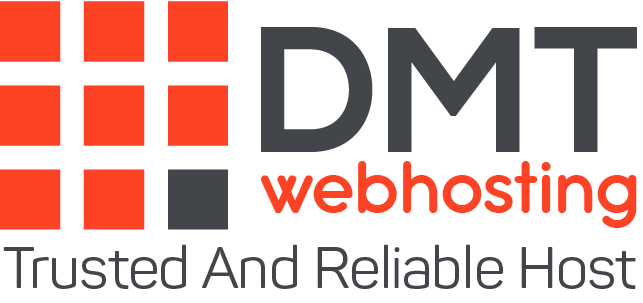Domain: general principles
Each web server is characterized by a unique numeric code. This is the IP address, which allows a web browser to target and target hosts and corresponding web content. These series of numbers are generally not disclosed to web users, for a good reason: IP addresses like 91.189.209.35 for example are difficult to remember and prone to typing errors. An alphanumeric addressing technique is thus established when loading a website: the domain.
Summary
- What is a domain?
- Establishment of a domain
- What is a subdomain?
What is a domain?
A domain refers to the unique and precise name that characterizes a demarcated section of the Internet, such as a website for example. For internet users, a domain is often presented in this form:
As an essential part of a Uniform Resource Locators (URL), a domain tells us where a resource is located in the structured hierarchy of the Domain Name Systems (DNS). This domain is translated into IP addresses using this system. These are specialized web servers responsible for resolving names and IP addresses. This service works in the same way as telephone information: the user types the domain name www.example.com in the search bar of his web browser and the latter will send a request to the name of the competent server. This is where the entry www.example.com will be loaded into the database and will transmit the registered IP address to the browser.
Establishment of a domain
Fully Qualified Domain Name (FQDN) is the full term for “domain”. An FDQN gives the exact position of a target computer in the hierarchical tree structure of the Domain Name System (DNS) and is composed of two parts: the name of the computer (Host-Name or IP address) and the name of domain. The following example shows the FQDN of a fictitious email server:
mailmail.DMTwebhosting.com.
The mail server part of the above address tells us about the name of the machine (Host-Name) and the example.com part on the domain, under which we will find the computer in question. The characters www are generally used as Host Name for the servers responsible for the operation of web pages.
www.DMTwebhosting.com.
It should be taken into account that the Fully Qualified Domain Name (FQDN), unlike commonly used Internet addresses, always ends with a period. This is due to the hierarchical structure of the domain name system: the domains are distributed starting from the top level, what is called the Root-Label.
| Third level domain | Second level domain | Top level domain (extension) | Root-Label |
| www | DMTwebhosting | com | (empty) |
Here is the structure from right to left of the example domain: Root-Label, extension (TLD), second level domain (SLD) then third level domain. In this way, the FQND of www.example.com contains four sections. In principle, domains can contain subdomains below third level domains.
Root Label
The first level of this tree is therefore what is called Root-Label. The Root-Label of an FQDN is defined as empty and does not appear on the applications of Internet users in general. Server name entries (Resource Records) must always present the full domain names and end with a period after the extension: www.example.com.
Extensions (Top-Level-Domain)
If the Root-Label is empty, the extension will pass first according to this structure. Extensions are managed by Network Information Centers (NIC). One of the fields of action of a NIC is the management of server names as well as the allocation of second level domains below the extension. The IANA (Internet Assigned Numbers Authority), one of the company’s departments for the allocation of domain names and numbers on the Internet, distinguishes two main groups of top-level domains: generic extensions such as .com or. info and national top level domains such as .pk or.com. pk. Subsets of generic extensions are sponsored by special interest groups or companies. The registration of such a domain may be linked to special conditions or editions. Since the top-level domain is the last part of a domain, the synonym for “extension” has become widespread. For example, the .com ending corresponds to the top level domain.
Second level domain (SLD)
The second level domain is a sub-domain of the first level domain, which can be freely chosen. Still with the same example, “example” is the .com subdomain. The assignment of a second level domain will always take into account the higher level domains. The NICs responsible for commercial extensions are generally in charge of accreditation on the private Registrar.
Third level domain
Below these three higher-level domains is a domain characterized as a third-level domain. This subdomain is located to the left of the second level domain in the full domain name (FQDN). This prefix on a domain name distinguishes the devices used because the World Wide Web (www) is only one application of the web among others. It remains the best known. The most common prefixes for third level domains are www for web services, m for mobile and again mail, imap or pop3 for email servers. There are also different specific national indicators
What is a subdomain?
A subdomain is a domain installed below another domain in the DNS hierarchy. For this reason, each domain (except TLD) is a subdomain of another domain. While the second-level domain (SLD) represents a sub-level of extension in the establishment of a domain, the third-level domain is itself subordinate to SLD. The advantage of this hierarchical structure is above all its logic. The example of the Wikipedia online encyclopedia illustrates the particular significance of the third level domain. In principle, it is also possible to create subdomains after the third level.
About the author
DMTwebhosting.com‘s Editorial Team prides itself on bringing you the latest web hosting news and the best web hosting articles!
You could also link to the news and articles sections:
